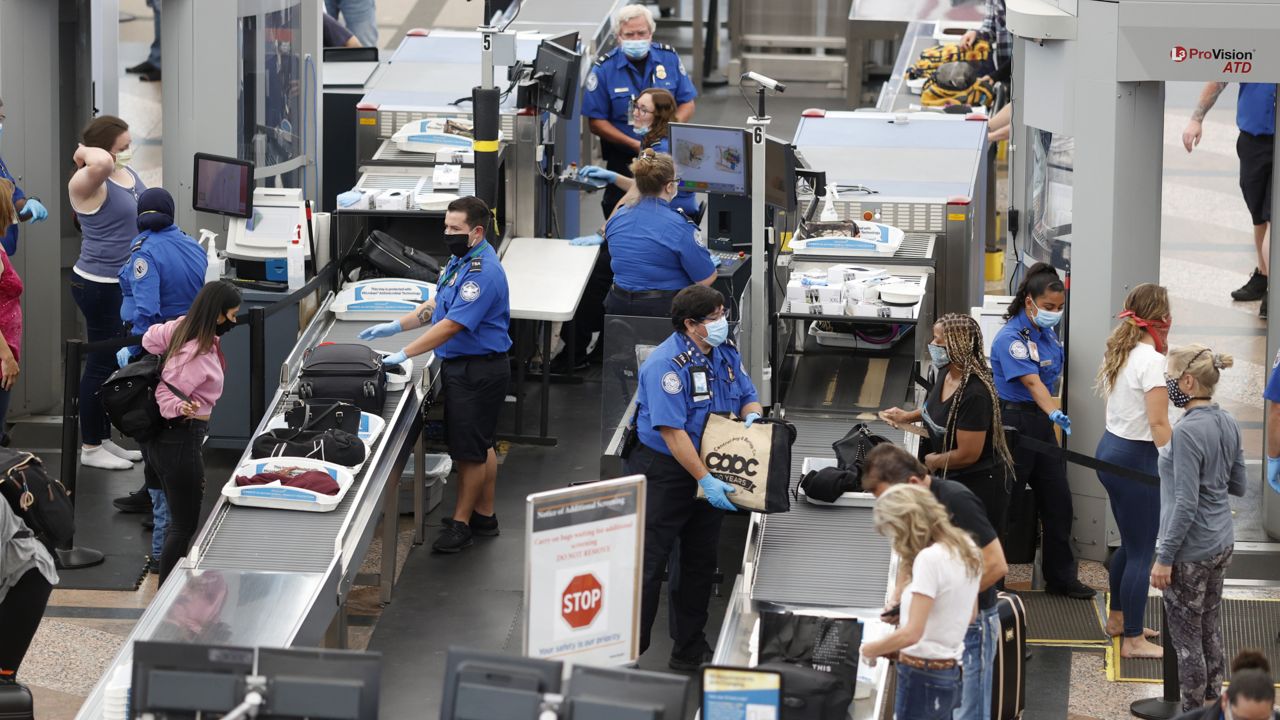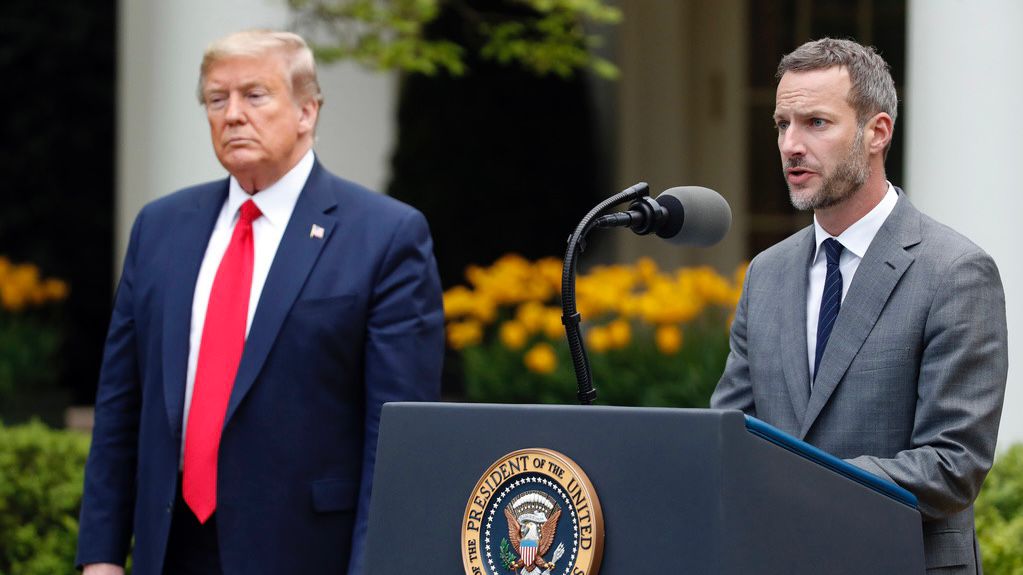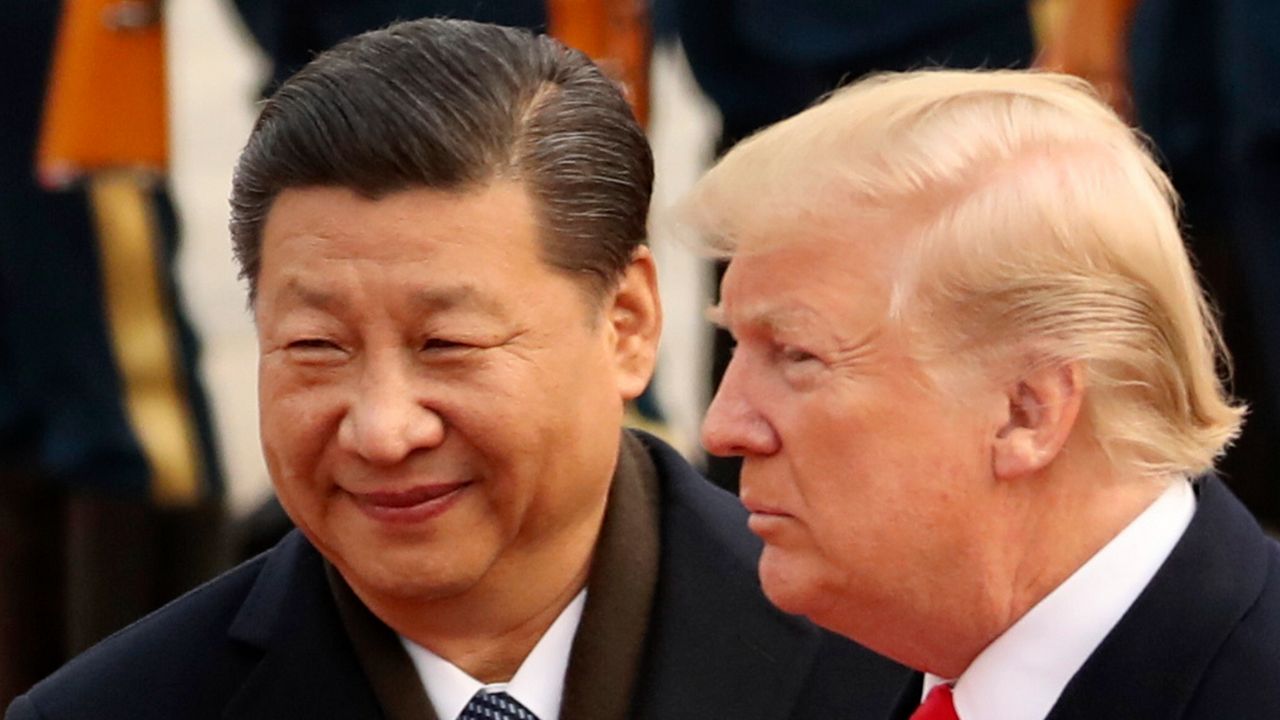The chief of the Transportation Security Administration said Tuesday that his agency has quadrupled the number of employees who could bolster screening operations at airports that become too crowded this summer.
TSA Administrator David Pekoske said nearly 1,000 employees have volunteered to be sent to other airports if needed.
It’s part of the agency’s plan for handling what is projected to be a frenetic vacation-travel season.
“We expect this to be a busy summer, and we are as ready as we possibly can be,” Pekoske said at a news conference near Dallas/Fort Worth International Airport. “We’re likely going to exceed in some airports by good measure the 2019 numbers.”
Pekoske said TSA — which has 47,500 screeners — tries to predict when wait times in the standard checkpoint lanes will be at least 30 minutes, or when waits for PreCheck travelers will be at least 10 minutes. When that happens, he said, volunteers from less-crowded airports will be sent to help reduce the waits at busy airports.
“Daily passenger volumes at TSA checkpoints show that people are traveling again, and TSA is ready for their return," Pekoske added. “We continue to recruit, retain, train and equip a highly-skilled workforce, and we work continuously with our airport and airline partners to anticipate and prepare for higher traffic patterns.”
The TSA has screened, on average, more than 2.1 million travelers per day in April and May. That is about 90% as many people as it screened in the same stretch of 2019.
Airlines are expecting summer crowds to be similar to 2019, when more than 2.5 million people per day streamed through U.S. airport checkpoints.
Airlines have posted ambitious schedules for the summer vacation months, although some have recently trimmed those plans out of fear that they won’t have enough employees to operate every flight. Also, international travel is still far below pre-pandemic levels.
Many airports — and those who travel through them — are already feeling the pinch from a lack of TSA workers, which has led to long lines, missed flights and frustrated passengers. Texas' Austin-Bergstrom International Airport, which experienced record travel numbers in February and March, said in early April it was continuing to "partner with TSA to address the TSA staffing shortage and is working with our federal delegation for congressional support."
In late April, the TSA said it was extending a $2,000 signing bonus for new hires, plus a 15% incentive for current employees to prevent them from leaving for higher-paying jobs, to better address the shortage.
Airport travel is only expected to increase, as Pekoske said the summer travel season begins in late May and extends through Labor Day weekend and covers four major holidays, including Juneteenth as the latest holiday recognized by the federal government.
In preparation for the influx of travelers, the TSA has also rolled out new technologies at a number of airports across the country, including Credential Authentication Technology systems and Computed Tomography scanners in an effort to "improve identification verification, and in some airports, enable digital identification verification at the Travel Document Checker podium and the scanning capabilities for carry-on bags," the agency said in a statement.
U.S. airport security procedures will become more gender-neutral, the Biden administration announced in early April, with changes to scanners used for screening and the use of an “X” for travelers going through Precheck who do not identify as male or female.
The Transportation Security Administration it will update the PreCheck Program to include an “X” gender marker option on its application, expected to be completed by the end of 2022. A new “X” gender marker on U.S. passport applications became available April 11.
The TSA will work with airlines to promote the acceptance of the “X” gender marker and will also update the guidance for airport security screening officers to remove gender considerations when validating documents.








